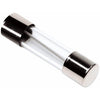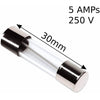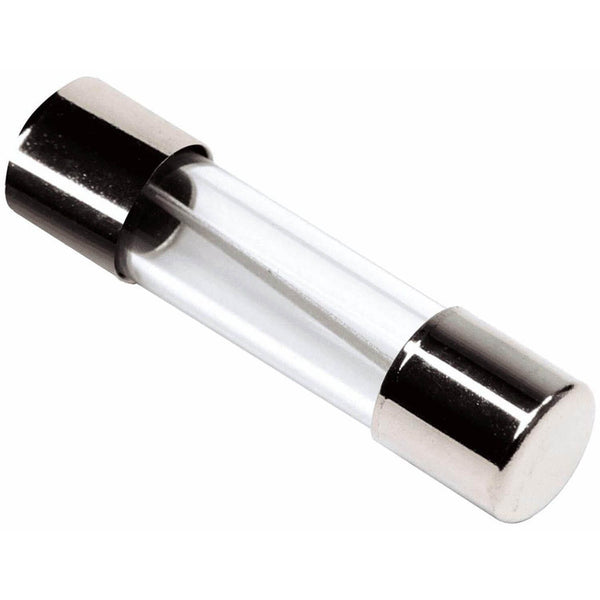This 5 Amp, 20mm, control board fuse is located on the backside of your Harman Stove Circuit board. Most units made after 2013, Revisions E and up, use this shorter fuse.
Most stoves and inserts made prior to 2013, with auto ignition, Revisions E and under, will use a 30mm 6 Amp fuse, 3-20-49447, those without an igniter will use this fuse, also use a 5 AMP fuse but it is the larger 30mm size, part 1-00-05237
Before ordering a fuse, unplug your unit, remove your fuse from your controller and measure the length.
- All 30mm fuses (1.1811") in stoves without an igniter are 5 Amp.
-
All 30mm fuses (1.1811") in stoves with an igniter are 6 Amp.
- All 20mm fuses (0.787402") are 5 Amps.
- Sometimes controllers have been replaced since your stove was installed, your actual fuse type may be different the controller was updated.
Check out the TROUBLESHOOTING tab regarding fuses.

Replacement For Part Number:
UPC: 652174611447












